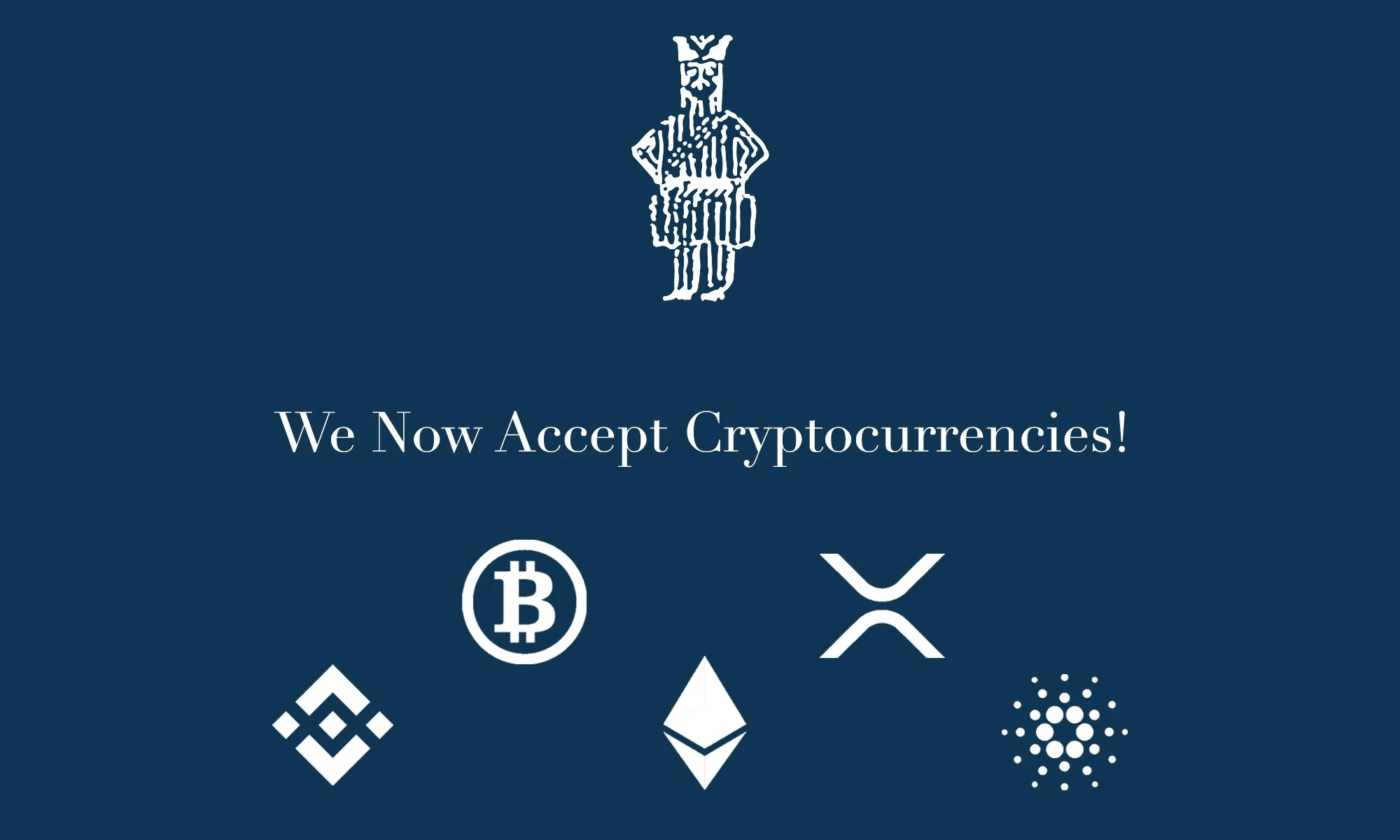The inspiration to create a small capsule collection of fine ‘Ghalicheh’ size (2m x 1.40m) hand knotted pure silk Esfahan Carpets for Bakhtiyar Signature came to me whilst sitting in the traditional Persian garden of the historic Abbasi Hotel in Esfahan, a beautifully restored former 400 year old Safavid Caravansary. I was drinking Chai (tea) surrounded by beautiful floral displays, fountains and water lined avenues with singing birds flitting between the topiary and trees. I was back in my home city on one of my buying trips and at that time had no idea how this project would become such a passion of mine, taking 5 years to complete.
Read moreHeriz Rugs: The Definitive Guide
(Picture taken from Jon Thompson's Carpets From the Tents, Cottages and workshops of Asia)
Heriz is a small town situated in the North West of Iran, about 112KM northeast of Tabriz. Heriz rugs are known for their geometric designs and grandeur, but have not always been this way. Early silk Heriz carpets dating back to the 18th Century have been shown to be extremely intricate and advanced in their knotting techniques and detailing, being in design and quality very similar to Tabriz carpets.
Read moreHow to Measure Knot-Count: The Persian Way
Have you ever wondered how Persians determine the quality of a rug? For centuries, two methods passed down between generations have have been used as the definitive methods of measuring the quality of the weave of a rug. By following the steps below you can learn one of the oldest secrets of the Bazaar.
Read morePersian Rugs: The Weaving Process
Rug weaving has been a tradition long held in the homes of many families across Asia, specifically in Iran, Afghanistan, India, Pakistan, Turkey & China. Whilst the materials used, designs and knotting techniques are extremely varied across these regions and even within these regions, one aspect of them is always consistent. They are all hand-woven on looms for months or even years on end.
Read moreThe Oldest Pile Carpet in Existence: Digitally Reconstructed
For around 2,500 years the 'Pazyryk Carpet' was an undiscovered gem of the world, hidden from view yet preserved remarkably in the icy mountains of southern Russia.
Read moreIsfahan Rugs: The Definitive Guide
Isfahan (also known as Esfahan) was the capital of Persia from 1598-1722. Today, the city is a recognised UNESCO world heritage site, rich with Islamic architecture from the 16th century Safavid period.
Read moreQashqai Rugs: The Definitive Guide
Qashqai rugs are woven by the notoriously colourful Qashqai tribe- Iran's last roaming tribe in existence. Almost completely self-sufficient, they rely upon the health and well-being of their flock, which provides the invaluable wool from which they produce beautiful hand-woven rugs, saddle bags and more to trade with nearby towns and cities.
Read moreAntique Rugs: The Ins & Outs
The wonderful world of antique Persian/Oriental rugs, an addictive journey that can last a lifetime and beyond. With the lifespan of Persian rugs only increasing as the art of restoration and conservation continues to develop there are a plethora of rugs to choose from to adorn your home.
Read moreBakhtiyar is Now Accepting Cryptocurrencies!
At Bakhtiyar we like to stay at the forefront of technology and to find ways to continue to innovate our industry. In keeping with this we have decided to start accepting the major crypto currencies as a payment option for our rugs, runners & kelims, both in-store and online.
So if you would like a new Persian rug to adorn your home and want to pay with Bitcoin, Ethereum, XRP, Cardano, BNIB or other currencies please feel free to contact us for payment options.
A One of a Kind Early 20th Century Tabriz Rug
This incredible antique Tabriz rug dating to c.1910 is a truly exceptional piece that we just couldn’t wait to share!
It’s intricate details can only be truly admired in person but we have collated a number of close up images to try and showcase some of the gorgeous details hidden within this masterpiece.
Read more








